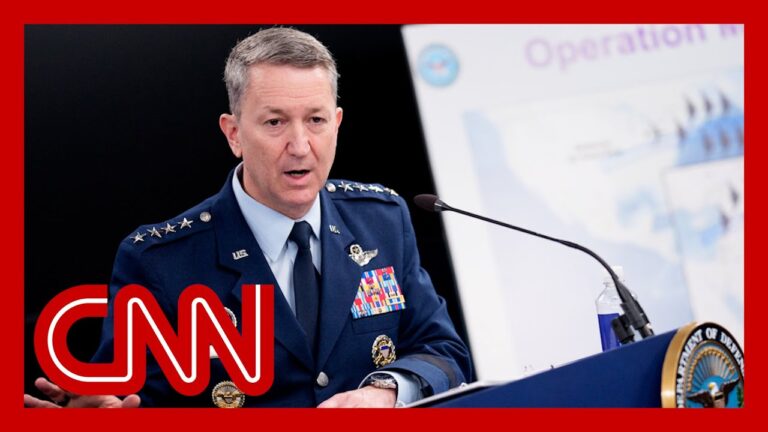Video at the bottom!
The Pentagon has provided new information regarding the recent U.S. military strikes on Iran’s Fordo nuclear facility. Defense Secretary Pete Hegseth has labeled the operation a historically successful mission, while General Dan Kane, Chairman of the U.S. Joint Chiefs of Staff, shared detailed insights into how the strikes unfolded.
Following the attacks, it was confirmed that the weapons used were properly built, tested, and successfully guided to their intended targets. Reports indicated that the strikes resulted in large explosions, described by pilots as resembling daylight. Kane emphasized that everything meant to be hit was indeed targeted.
The Pentagon’s briefing revealed that the operation had been years in the making, particularly due to the complexities of striking the heavily fortified underground facility at Fordo. Despite claims of the mission’s success, both Kane and Hegseth refrained from asserting that Iran’s nuclear program was “obliterated,” a term often used by President Trump. Kane underscored the importance of waiting for the intelligence community to assess the damage fully.
During the briefing, Kane noted that prior to the attack, the Iranians attempted to cover up the facility’s shafts with concrete in anticipation of an assault. However, the U.S. strike successfully penetrated those defenses. He disclosed that preliminary intelligence indicated that some equipment related to Iran’s nuclear program may have been moved prior to the attack, leading to questions about the overall effectiveness of the strikes.
Visual evidence was presented during the briefing, showcasing high-resolution footage of the bomb impacts underground. Though impressive, experts raised concerns about the operational significance of these visuals, with caveats about the need for on-ground assessments to ascertain the full impact of the strikes.
In discussions surrounding early damage assessments, experts pointed out that while initial evaluations are instrumental in shaping leadership responses, they often come with low confidence levels. Questions remain about the true state of the facility and whether elements crucial to Iran’s nuclear program were preserved. The morale of intelligence analysts involved in this mission has also been called into question, indicating a potentially greater issue within the intelligence community in the aftermath of the operation.


